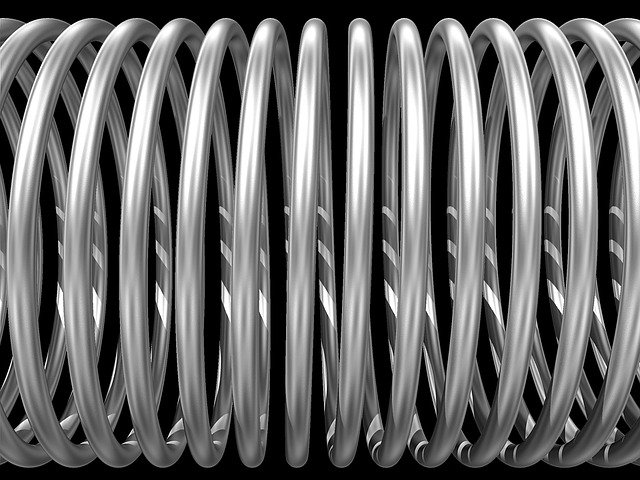
In some parts of the world, the weather can be very harsh. One month a nor’easter may dump many inches of snow on us and another month we might have scorching hot weather. Unfortunately, the effects of the wide range of weather impact more than us. That said, it is critical to have a car that has the right suspension to keep you safe and comfortable all year long.
How Your Suspension Functions
Suspension systems are comprised of a combination of linkages, shock absorbers, springs as well as other components that connect a car to its wheel. The suspension helps to brake your vehicle, gravitation effects, absorption of vibration, the handling of your car, as well as other forces that come with driving on roads.
Function of Springs
One of the most critical aspects of a suspension system is the springs. Whenever irregularities develop on the surface of a road, the springs that are on your vehicle allow the car to adjust and compensate for less bounce and provide you with a smoother ride. The springs also make it possible for your vehicle to support the extra weight without any sagging and keeps your car at its predetermined height as well If your car did not have spings, it would drag on the ground and not be able to adapt to different road conditions which could make the ride unbearable. Fortunately, this amazing automation invention is available to us and several spring systems have been developed to meet the modern driver’s requirements. If you are in need of new springs for your vehicle and thinking of something new then I would recommend apex lowering springs.
Leaf Springs
If your car was made prior to 1970, there is a good chance that is equipped with leaf springs. France was where the leaf springs were initially invented during the 18th century for making the horse-drawn carriage ride better. More advanced versions of this type of suspension were developed. However, designs were simple enough so that it was the most popular spring choice for decades. Generally speaking, a leaf spring is comprised of multiple metal layers, called leaves. They are bent into the shape of an arc (elliptical spring). The friction caused by the leaves rubbing against one another and the arc enables the car to hold its weight and absorb bumps. The leaf springs are attached to the car’s frame or body on both ends, while the axle assembly or wheel is fixed in the centre of the spring. Due to their ability for handling heavy loads and simpler design leaf springs are a very popular choice for trucks and other rear-wheel-drive vehicles. Once front-wheel-drive cars were introduced during the 1970s, coil springs overtook leaf springs and are the most widely used and popular today.
Coil Springs
During the 1970s the automotive industry went through a major change. Front-wheel drive emerged as the new drive train standard. This industry-wide change resulted in a new style of spring being needed for a majority of suspension. Leaf springs had been around already for several hundred years, but during this period really came into the light.
Helical springs, or coil springs, are a type of heavy-duty torsion bar that wraps around the axis. The design makes it possible for the spring to expand and compress, which helps motion to be absorbed by the wheel. That means the tires are able to absorb motion. Coil springs, when compared with leaf springs are not able to bear the same amount of weight. However, drivers of regular cars don’t need to have the extra durability that is offered by leaf springs.